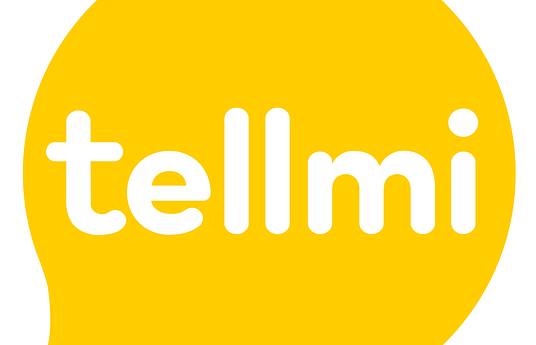The basic school day is stressful and chaotic for high school students. Many young people are torn in many directions and spend a lot of time on mobile devices. All of this emphasizes the importance of practicing how to be present in the moment. Practicing thinking skills, on the other hand, are especially relevant for their future careers and schools should support students with this.
Many high school students have a short-term way of thinking and have problems structuring their studies and using critical thinking.Hectic timetables and divided attentions spur students to choose the quick and easy road. When the results do not match the expectations, kids become stressed and feel inadequate.
The High School Flow model teaches students different methods that help them gain control over their life and their studies. Once students see that their actions make a difference, their learning results sore and creativity blossoms. The students’ wellbeing improves and as they learn to manage their time, chaos in their mind gives way to better problem solving.
This model uses mindfulness to teach students how to be present in the moment and analyze their emotions. Students also learn how to survive hectic schedules and manage shifting circumstances. .
Students learn how to move past roadblocks as they broaden their horizons in challenging exercises and acquire more tools in critical thinking. High School Flow uses methods such as Edward de Bono’s CoRT thinking tools.
High School Flow was piloted at the Hämeenlinna lyceum (high) school in 2016 and the methods continue to support the transformation of the school culture in the future.

